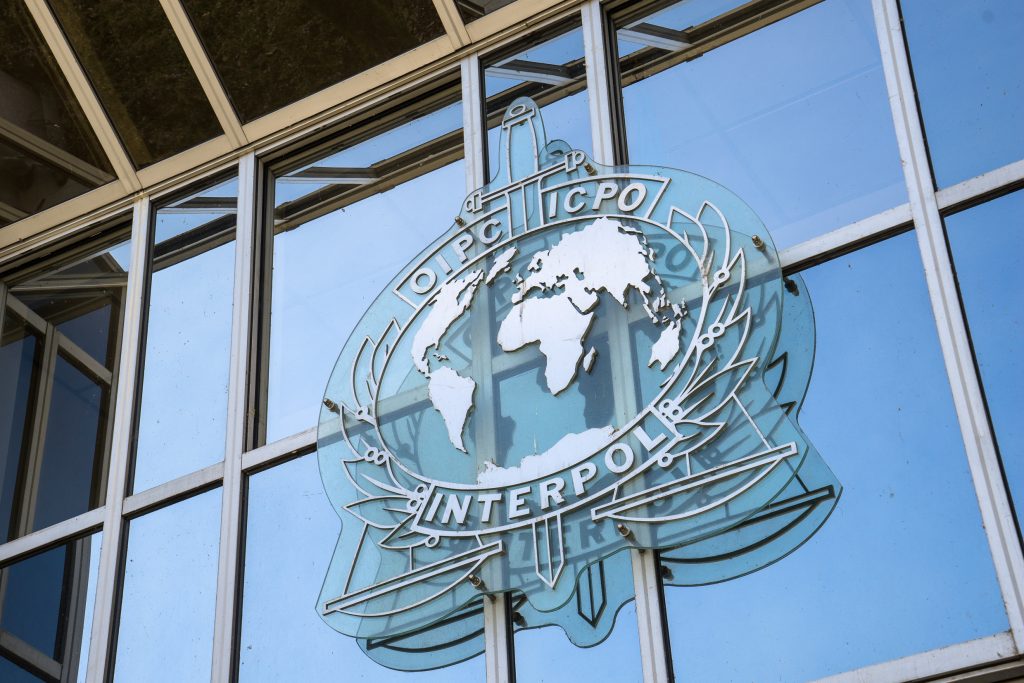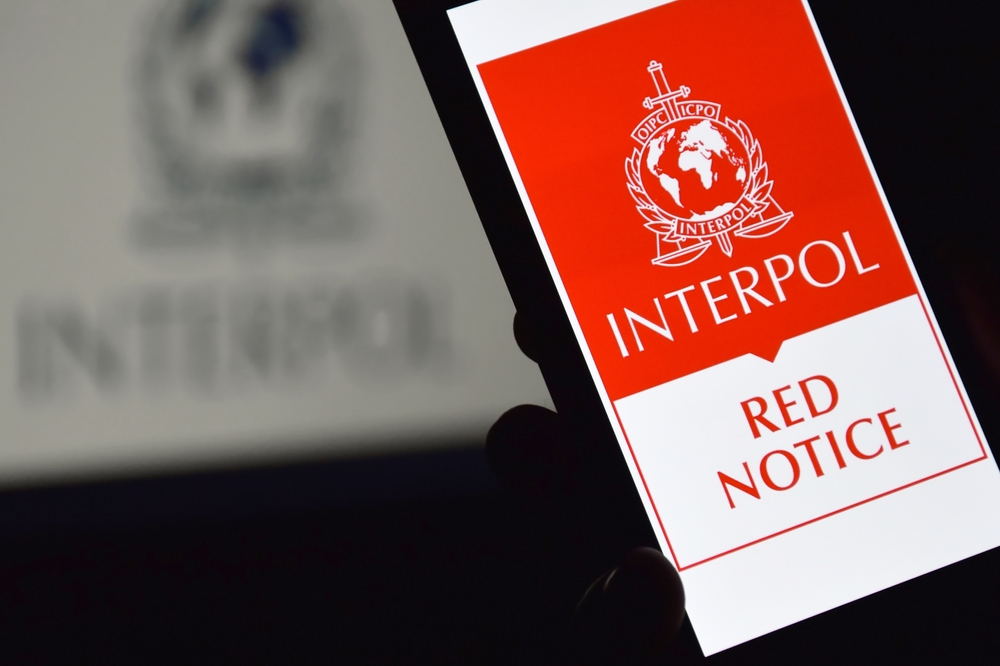The theft of priceless jewellery from the Louvre Museum on 19 October has captured global attention for good reason. Beyond the spectacle of a daylight raid on the world’s most famous museum, this crime exposes fundamental questions about cultural heritage protection and the mechanics of international police cooperation.
In this fourth instalment of the Red Notice Monitor’s Back to Basics series, we examine how Interpol’s notice system can be deployed when criminals and stolen goods cross borders, using the Louvre heist as our case study.
At 09:30 on Sunday morning, four masked thieves executed a meticulously planned operation. Using a vehicle-mounted ladder to reach a first-floor balcony overlooking the Seine, two men cut through windows with power tools and entered the Galerie d’Apollon. They threatened guards, smashed display cases, and escaped on motorcycles within seven minutes.
The haul comprised eight irreplaceable pieces from the 19th century. Napoleon’s emerald necklace and earrings, originally gifted to Empress Marie-Louise. Empress Eugénie’s diadem, corsage brooch and decorative bow. A sapphire parure, tiara, necklace and earring, worn by Queens Marie-Amélie and Hortense. Each piece carries not just monetary value but centuries of French history.
During their escape, the thieves dropped Empress Eugénie’s crown, adorned with 1,354 diamonds and 56 emeralds. They left behind the Regent diamond, valued at £48 million, suggesting this was a targeted operation rather than opportunistic theft.
The incident has revealed troubling security lapses. CCTV coverage was absent in a third of the galleries. A broken alarm system went unrepaired. Art crime experts warn the jewels may be dismantled for black market sale, making recovery increasingly unlikely as time passes.
Interpol’s Response Framework
When cultural treasures are stolen and suspects flee across borders, Interpol’s colour-coded notice system can be particularly effective. French authorities have several tools at their disposal:
- Stolen Works of Art Database
Under Article 94 of Interpol’s Rules on Processing Data, this database specifically targets stolen cultural property. France’s National Central Bureau (NCB) must confirm the jewellery forms part of a criminal investigation and possesses unique characteristics or significant commercial value. The stolen jewels have been added to Interpol’s Stolen Works of Art database on 21 October 2025.
Success depends on precision. The notice must include comprehensive descriptions, high-resolution photographs, and distinctive identifiers. These details enable authorities at border crossings, auction houses and art markets to recognise the pieces. The French NCB will need to coordinate with specialist art crime units, particularly in jurisdictions known for trafficking cultural property.
- Notificaciones rojas
If suspects are identified and wanted for prosecution, Red Notices enable their provisional arrest worldwide. The offence must carry at least two years’ imprisonment—easily satisfied here. The French NCB needs to provide judicial data, including arrest warrants, case summaries, charges, and identifying information such as photographs and fingerprints.
Given the organised nature of the heist and its high profile, it meets Interpol’s seriousness threshold. However, notices must comply with Interpol’s rules, ensuring requests are lawful and non-political. If the suspects have fled France, a Red Notice alerts law enforcement globally, significantly increasing the chances of apprehension.
- Avisos azules
When suspects are persons of interest but not yet formally charged, Blue Notices help gather intelligence. Security footage or witness accounts might provide leads without sufficient evidence for arrests. Blue Notices enable French authorities to request information from other NCBs about movements, identities, or links to previous crimes.
Requirements are less stringent than Red Notices, names, descriptions, photographs, and fingerprints. But the impact remains significant. Individuals may face detention at borders or mandatory questioning, making these notices valuable investigative tools.
- Purple Notices
Article 92 governs these alerts about criminal methods. If the Louvre thieves employed distinctive techniques, specific tools, escape routes, or smuggling methods—Purple Notices share this intelligence globally. This proves particularly valuable if the theft connects to broader criminal networks targeting cultural institutions, as suggested by recent French museum heists.
Legal and Practical Considerations
Each notice must meet Interpol’s standards for data quality, legality and relevance. The French NCB cannot afford imprecision. Incomplete descriptions hamper recovery efforts. Unfounded accusations may trigger challenges before Interpol’s Commission for the Control of Files (CCF).
The human rights implications warrant particular consideration. Red Notices based on insufficient evidence can lead to wrongful detention. Blue Notices may restrict freedom of movement without formal charges. Interpol’s oversight mechanisms, particularly the CCF, provide avenues to challenge notices that violate rights or lack proper foundation.
French authorities must balance the pressure for swift action against the need for accuracy. Rushed notices risk not only violating individual rights but also undermining the investigation, potentially allowing genuine perpetrators to escape while innocents suffer from flawed alerts.
The Louvre heist demonstrates both the vulnerability of cultural institutions and the complexity of international art crime. Interpol’s notice system offers powerful tools for cross-border cooperation, from tracking stolen artefacts through the Stolen Works of Art Database to pursuing suspects via Red and Blue Notices.
Success requires precision, coordination, and respect for legal safeguards. As French authorities deploy these mechanisms, they face the challenge of acting decisively while maintaining the evidentiary standards that underpin effective international law enforcement.
For further analysis of Interpol’s notice system or assistance with related legal matters, subscribe to our weekly roundup or contact our expert team at the Red Notice Monitor.
—
Image: Daniele D’Andreti via Unsplash


